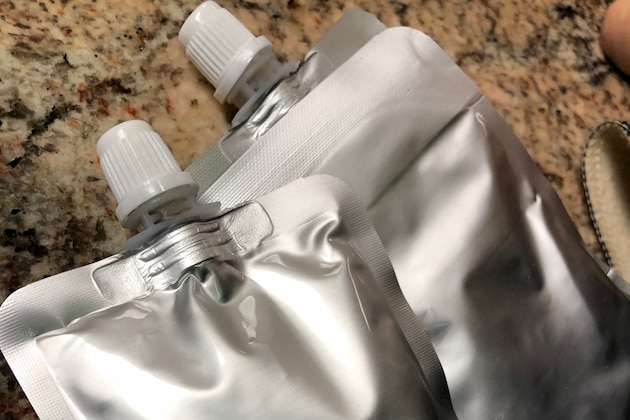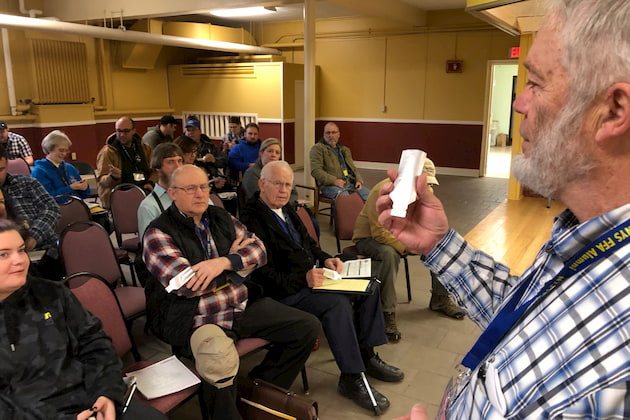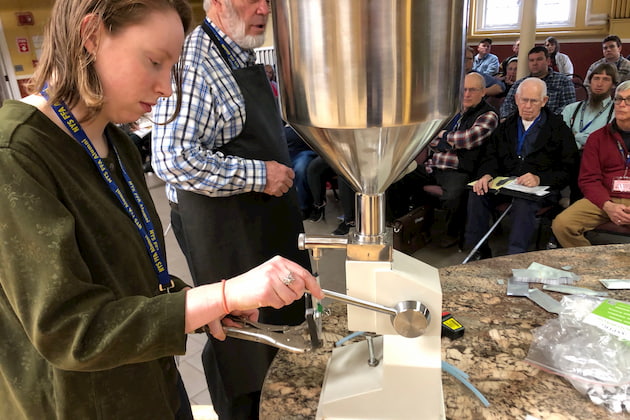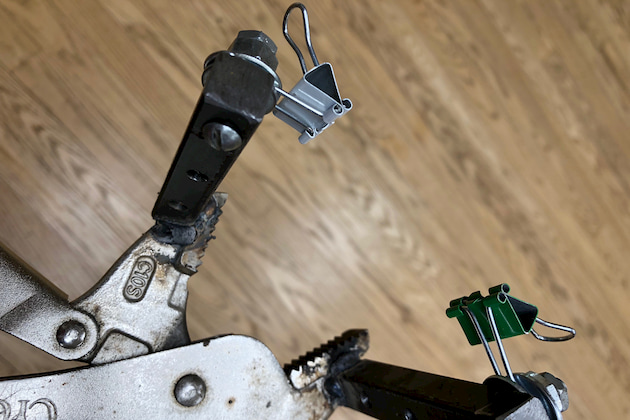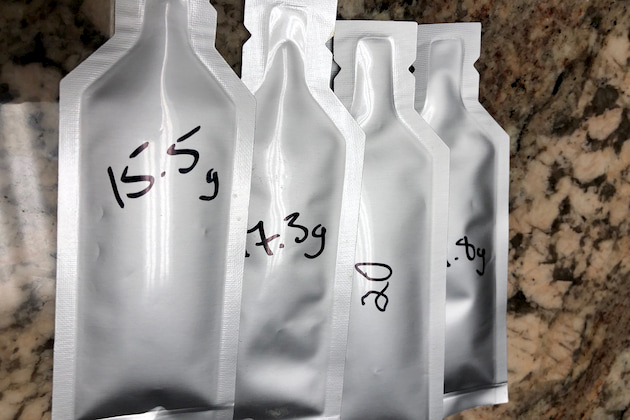Cornell Corner
Are foil packs worth it?
Cornell contemplates single serve pouches
By PETER GREGG | MAY 1, 2019
SYRACUSE, N.Y.—As packaging technology advances, there may be new ways to make money in maple. But how about with foil packs?
Foil packs are available for bulk purchase online in several different sizes. Some maple companies have been able to mass produce the packets and market them to the running and fitness demographic as single serve “one shot” energy boosters for athletes.
But Steve Childs of the Cornell University Maple Program set out to find if there is any profit in selling single serve foil packs for the average sugarmaker.
“We wanted to find the ‘farmer’ way of doing it,” Childs said, during a standing-room only seminar at the Mid-Winter Maple Classic in Syracuse on Jan 5.
“Is there any way to fill these ourselves in any sort of practical way,” Childs said.
Childs said he reached out to large scale packing companies that specialize in the technology to see if they would pack in small batches. They wouldn’t even return his phone calls.
“We tried to get commercial packaging companies to do it but they wouldn’t take our business,” he said. “They wanted quantities of 50,000 or more.”
So Childs and research assistant Ailis Clyne got to work and figured out a way to fill the “pouches” themselves.
Childs said he spent a lot of time on YouTube watching videos of $250,000 industrial-grade machines filling pouches and then tried to make a homemade version.
“If they can make a machine that works, certainly a farmer can make a machine that works too,” he said.
He started by rigging up a pair of vice-grips and welding some paper clasps to use to hold the tiny packets open for filling. Then he used a short length of 3/16ths tubing to pry open the pouches.
From there, he had to make an investment in a filling machine with a funnel on top and a discharger on the bottom that he bought for about $1,000 on Amazon.
He also bought a heat sealer to seal up the pouches after filled.
And his conclusion? Make sure you budget a lot of time.
Time to heat small batches of syrup to 200 degrees. Time to pry open the tiny packets, one at a time. Time to dispense the syrup. Time to seal the pouches.
“You need to figure out what your time is worth,” Childs said, for any sugarmaker contemplating selling single serve syrup pouches.
The cost of the pouches themselves are very low, and come in a variety of sizes.
For example, one company online was selling open tip, clear stand-up pouches at $60 for 500 units.
Other items included a 3.2 oz. foil pouch for 16 cents delivered, for each pouch.
Smaller packets, that hold just 20 grams, sell for as little as 3 cents per piece.
“They need to be cheap if you’re going to sell syrup in such small quantities,” he said.
Childs said companies online can label pouches with a farm name, making the units attractive in a retail setting.
Childs polled the crowd in the seminar for an opinion on a price point for the items.
Most thought $1 dollar per unit was the best they could get.















